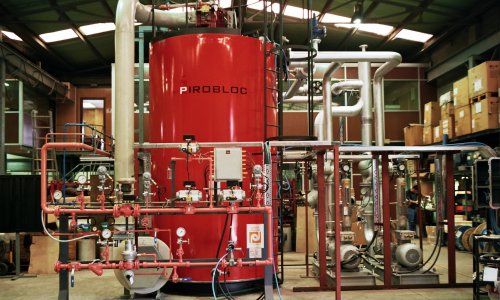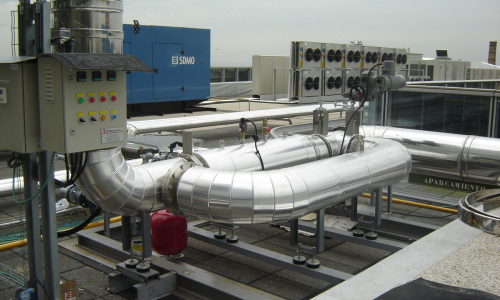Although, it is certain that at present many equipment of new acquisition incorporates this type of burners. In fact, Pirobloc always implements them without additional cost in all gas equipment. They still even exist many facilities with burners of two steps or, for low powers, at one step.
Each process of manufacture is different, but the habitual fact is that the heat consumer does not even require all the power at any moment. Also, in certain cases, the consumption is null or low. In those cases of variable processes and, still considering an optimal regulation, the burner will go out. Opposite to the appearances, this action does not contribute to any economic saving. From a point of view of energetics efficiency, when the burner starts again, it will take place the relative "blowing" of the combustion chamber, producing an unnecessary cooling of it.
With a correct sizing and the supplying of modulating burners, when the demand of power is low, the modulation of the burner complies consequently with that low demand, avoiding complete unemployment and the cooling of the combustion chamber for, immediately afterwards, returning to warm up it. That is to say, useless fuel consumption.
See you in our next appointment.





